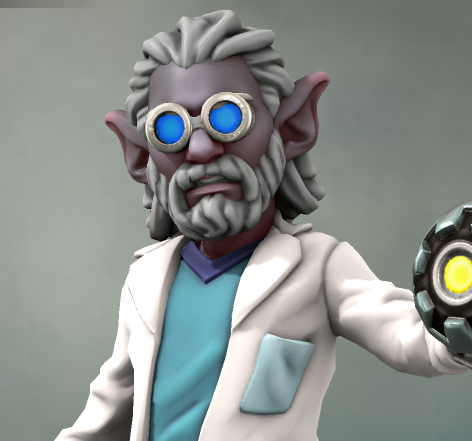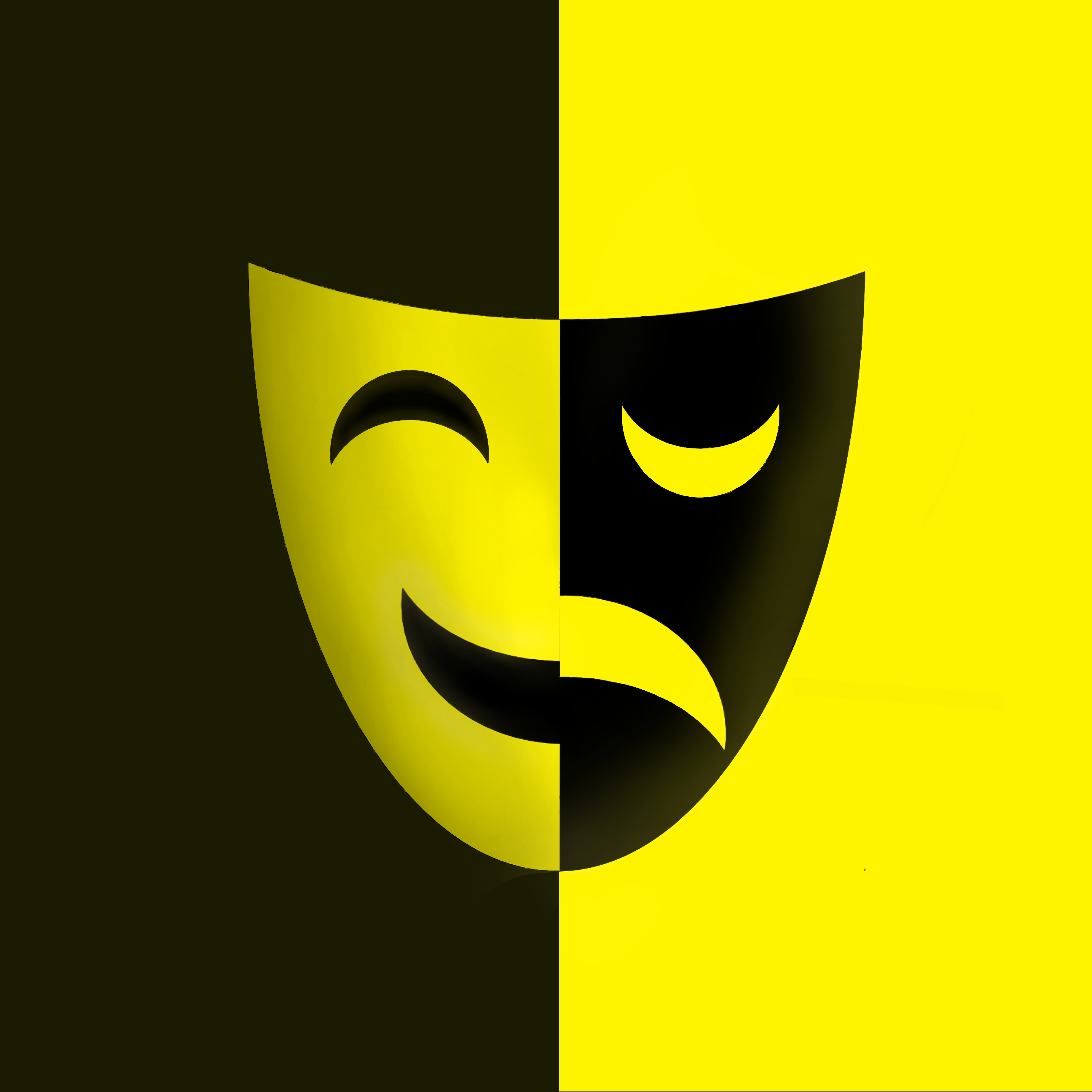Reading Challenge 2023.1
The new challenge is a nice one — it encourages learning from other writers and interacting with their works. Without further ado let's dive into some articles which inspired me to find some hidden paths and greater depths.
Tradition — a web connecting land, people and history with PanthersEye
What I learned:
Create connections between nations and fractions inside the article as well. This adds complexity to the world and feels like a small part of it (the article) is not shallow. When possible use interactive elements to help the user actively engage in discovery of the world. Within the article weave together: geographical location (natural influence), tradition (cultural influence), political influence. Adding all in right amount will give the reader an idea of how that article is a part of a greater piece.
Make the reader an explorer with Kwyn Marie
What I learned:
Awesome idea for better immersion: the article is structured as a table with photographs, books and notes scattered upon it. Think about the important aspects in the worlds geography. Add elements, which show similarities of the world (to make the reader engaged and feel at safe bay), then slowly add elements, which pull them into the Adventure World. The author used a progression of the following geographical elements: "Landscape, Waterscape, Winds, Mist, Clouds". The first ones are very physical and down to earth, the last ones are strongly connected to magic and the natural laws of the world.
Outlining a settlement with Kefkejaco
What I learned:
The abundance of information about the settlement — never forget that a settlement/city is a living organism with many different parts working together to make it the way it is. Start with an elevator pitch to fill the reader in — do so by using a quote (personal/subjective view) and a short paragraph with general information to catch the reader's attention (objective view of the Writer). A map and a short table are a good way to summarize the most critical parameters, like location, dominant faction/races, foundation date, etc. The map can be a good source of interaction (vide Irathian Funeral Pyres by PanthersEye and Battle of Netter by Dhelian). Include sections on: History (Founding, Growth, Decline/Destruction), Layout (Center, Outskirts, Districts, etc.), Economy (how does the city manage?). When describing layout use subjective POVs — this gives the reader a chance to "talk" with the inhabitants of the world and makes the piece a bit more physical/real/believable. Put additional information in spoiler tags (more intricate details/secrets can be shown to the Subscribers or in layers, new cards, secret pathways, etc.
Writing a wholesome piece with Hanhula
What I learned:
What I learned from the Qualic Scriptorium is that an article should have an idea it wants to convey, something that will tie everything together on every level. Here a possible theme could be "meticulous collection of personal sensations is similar to bees work". The qualia are meticulously collected, drop by drop, similar to how bees collect nectar drop by drop, then formed into bigger chunks that go into the Melidea river. The interior of the library is shaped like honeycomb to reinforce that idea and a human figure is placed near them in the pictures to better understand the scale. The power of unity between the article, the images, the page (part of the world, since it is similar at every other site). The design is spot on on the surface and makes it even more pleasing when studying the details, both in image and writing.
Writing a believable powerful Spell with Qurilion
What I learned: When describing a spell, remember to consider variations. How different people go about it, dose the main part differ between individuals or is it strict and ully same. Better to include variations. What are the limits? When does the ritual/spell perform at its best or worst? Again, provide quotes with world inhabitants to be guides for the reader. It helps to increase the immersion. With every article use embodiment of several kinds. In the case of spells answer the questions: who, where, with what, when? What are the consequences?
Playing with tension — constructing a military conflict with Dhelian
What I learned:
Hook the reader with the significant outcome of the battle. Introduce the parties, preferably graphically with flags, symbols, etc. Describe the prelude of the conflict: what lead to it, why then? Remember that if a conflict erupted it means all possibilities to avoid it were exhausted — make it seem real and show that the attack was inevitable. Showing several sources of the conflict is an additional bonus. Describe the battle step by step (again, preferably from several POVs). Be generous on using the terrain and the movement of the forces. Add elements of uncertainty — a battle when everything is settled from the start is dull. When done, remember to include a map or a similar device to show the bird's eye view of the battle.
Terrifying but children-safe — writing a myth for children by Amélie I. S. Debruyne
What I learned:
When writing a myth think about what is the target audience. Here, a terrifying story about an Eldritch Horror was presented as a children story. Think of the intent of the myth — does it serve as a warning or a call to perform an awful task that one would do willingly with a properly changed mindset. The target audience should not only influence the writing style but also the form in which it's written. The perception of the end user will influence everything from the overall idea of the gods, people and things being reduced to their absolute perceptional minimum: the water God is a droplet, the Eldritch Horror is a black blob with jagged teeth, the hero is shiny. While this story looks like it was made for children, the lessons learned are far more general.
Building organization from/on a symbol by Naelin
What I learned:
Remember that the wall of text can be broken will small image inclusions and not necessarily with a bigger picture, hogging a lot of space. When building an organization, similarly to the military conflict or the settlement, include: a short introdution to hook the reader, the background of its founding, what purpose it served, did it serve its purpose, was it part of something initially not planned/where did it go from there? Use symbolisms to ease the reader — thinking with pictures as vessels of meaning that is build upon while reading. The skull is just a skull on a flag in the beginning, then is connected to the in-world events, then becomes an in-world symbol of power. Connections to other organizations will be a plus — it makes the organization a part of a greater picture and forces to consider the consequences of the connections made with other organizations/alliances, feuds, etc.
Believable species with Serukis
What I learned:
Start with a hook to make reader care and crave for a deeper dive into the lore. Play with similarities to our "real" world, then slowly add differences and complexities characteristic of the built world. Include information on where the species live, what they eat, how they communicate with one another, can they form cross-species with other species? If possible add an entity that will provide some information but will be prone to "human" error — the right amount will build complexity and show that the world has various shades of grey on the topic. Leave some wiggle room for speculation — this is a good place to include myths, misconceptions, urban legends, etc.
Advanced tech with DaniAdventures
What I learned:
When describing technology, relate to personal experience of the reader. This helps the reader understand a concept, even if it is very difficult. Include a main branch of tech and optional parts/branches of the technology. Add some spiciness to the tech — what is considered legal, what is illegal? Are there variations, which are more abundant? What are some rare, cutting edge variations?
New Year's Resolutions — "take it sleasy"
I start this with a quote from "The Good Place" because it makes me focus on what I lacked in the previous year — taking it slow and easy, on step at a time enforces precission. Going crazy fast all the time, as I started the previous year made it feel like I accomplished a lot, but caused a lot of collateral damage with a significant splotch of burnout, tainting everything created later on.
So this year I don't ask too much of myself. On the contrary, I ask a small and bare minimum I'm very likely to achieve with real-life chaos barging in and feel additional satisfaction in the event of making more progress than planned. My resolutions for 2023 are:
Health first, be it physical or mental. Without it making progress comes at a cost of burning out and is only short-sighted.
Think and do more about Ædeos. It's close to your heart and will make you feel better
Make slow but steady progress in general areas that will give you a leverage, e.g., reading, writing, planning.
While the future will show how I'll handle the task, I hope setting these goals will make it easier rather than difficult.





Good luck with your goals for the year :D you've got this!
I just finished some new art in my latest article: Pinecrest College of Aviation!
Thanks, TJ! :D